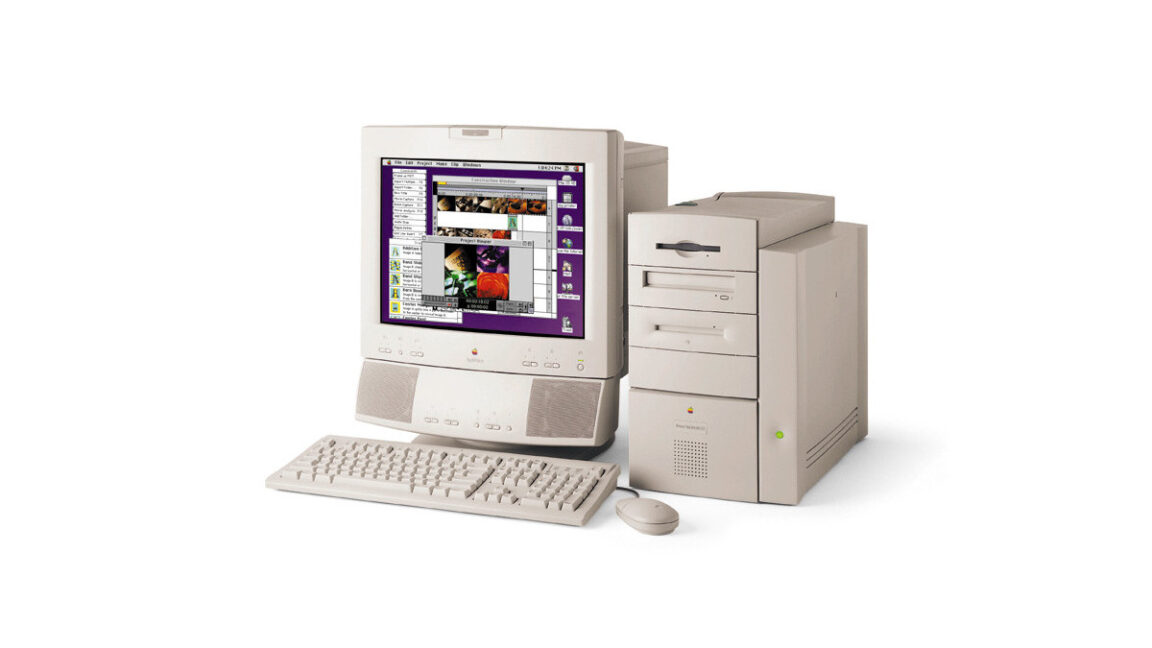Wesley ParkSunday, Jun 29, 2025 6:05 am ET
![]() 6min read
6min read
The world's most critical tech companies don't just make chips—they build the future. And right now, Taiwan Semiconductor Manufacturing Company (TSMC) is the engine of that future. With a current market cap of $1.155 trillion, TSMC is already the third-largest semiconductor player globally. But can it double down to hit $2 trillion by 2030? Let's dissect the data—and the risks.
The AI Tsunami: TSMC's 45% CAGR Engine

The secret to TSMC's growth? AI chips are its oxygen. The company commands a 59% market share in advanced chip nodes, the cutting-edge 3nm and 5nm processes that power AI, high-performance computing, and autonomous systems. Analysts project TSMC's AI-related revenue to grow at a 45% compound annual growth rate (CAGR) through 2030. That's not a typo—this is a red-hot sector where TSMC is the undisputed king.
Why? Because every AI supercomputer, from OpenAI's GPT-5 to Google's Gemini, needs TSMC's chips. Even if global semiconductor demand flattens in other areas, AI is a secular megatrend with no end in sight. TSMC's Q1 2025 revenue of $25.5 billion, despite a 3% sequential dip, still shows resilience. And its Q2 guidance hints at a 12% sequential revenue pop, driven by a 90-day U.S. tariff pause that's already seen customers “stockpile” chips.
Valuation: A Fair Price for a $2 Trillion Vision?
TSMC's forward P/E of 23.3x is far below its historical average of 29x. Compare that to NVIDIA's P/E of 65x—TSMC is a steal, especially given its 20.3% ROIC, a metric that shows it's turning every dollar of invested capital into outsized profits. If TSMC's valuation simply returns to its normalized P/E, its stock could hit $307 per share (up from $210 today).
But here's the kicker: TSMC's capital spending—$42 billion annually—isn't just about keeping up with competitors. It's about owning the AI infrastructure. By 2025, AI-specific revenue is projected to hit $20 billion annually for TSMC, and that's just the start.
The Elephant in the Room: Geopolitics and Semiconductor Cycles
Let's not sugarcoat it. Two risks could derail this $2 trillion dream: geopolitical tension and semiconductor cycles.
First, Taiwan's status as an island between China and the U.S. is a constant pressure point. A full-scale U.S.-China tariff war could spike costs, and TSMC's ability to pass tariffs to customers is a double-edged sword. Analysts warn that 100-400 basis points of gross margin dilution by 2028 could crimp profits.
Second, the semiconductor industry is cyclical. TSMC's Q1 revenue dip was partly due to a temporary inventory correction in non-AI segments. But here's the twist: AI is so voracious that it could flatten the traditional semiconductor cycle. As AI chips command 50%+ margins, they're less vulnerable to pricing wars in older markets.
The Bottom Line: Buy the Dip, But Beware the Storm
TSMC isn't a “set it and forget it” stock. Near-term volatility is inevitable—geopolitical flare-ups or a semiconductor inventory correction could shake the stock. But for investors with a 5- to 10-year horizon, this is a no-brainer.
Here's the math: To hit $2 trillion, TSMC needs 6.7% annual growth from its current $1.15 trillion valuation. Given its AI tailwinds, that's conservative. If AI revenue hits $40 billion by 2030 (a 45% CAGR), and its P/E expands to 29x, the math checks out.
Action Items:
- Buy on dips below $200 (a 10% pullback from current levels).
- Avoid chasing rallies in the face of tariff news or geopolitical headlines.
- Pair with hedges like U.S. Treasuries or gold if Taiwan tensions escalate.
In the end, TSMC isn't just a chipmaker—it's the backbone of the AI revolution. The $2 trillion mark isn't a pipe dream; it's a logical endpoint for a company that's already shaping the future. Buckle up—it's going to be a wild ride.








 English (US) ·
English (US) ·